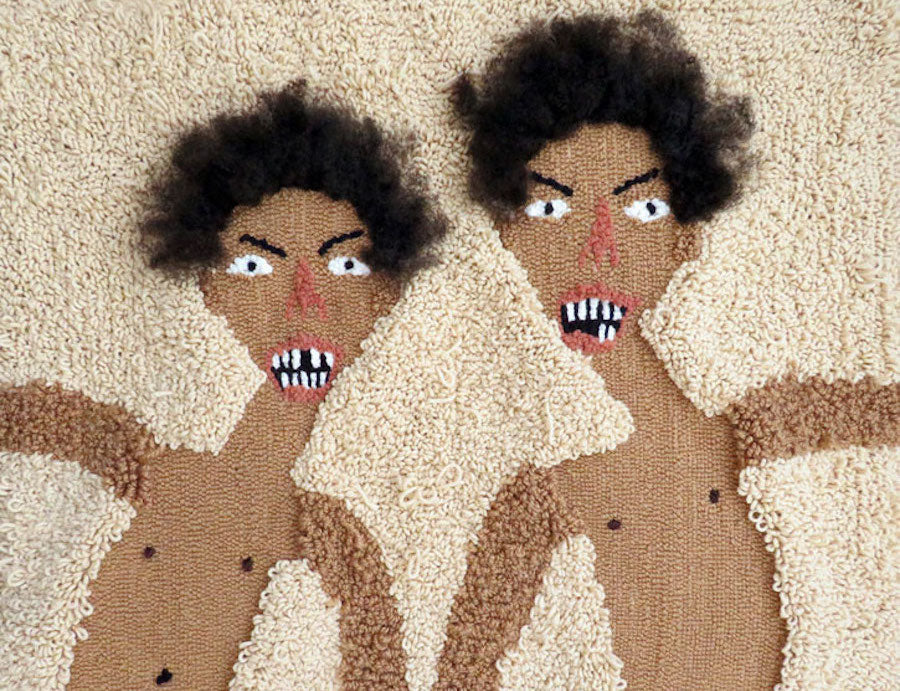The way technology is always changing has given traditional artists and the traditional entertainment business both chances and problems. A professor from the Center for Tourism Research and Development at Sebelas Maret University in Surakarta, Bambang Irawan, talks about how new technologies have changed these old art forms.
Technology can help traditional artists in some ways
Bambang says that progress in technology can change the traditional entertainment business and give it new ways to stay alive and grow. Technology makes things easier to do and more accessible, which means that standard forms of entertainment can reach more people.
“Technological advancements can help traditional entertainment reach more viewers, undoubtedly sparking increased interest in traditional forms of entertainment,” Bambang says.
In addition, technology gives traditional artists a bigger stage to show their work to more people, both in their own country and around the world. Social media sites like Instagram and YouTube have become great ways to spread the word about traditional art.
The art of Ketoprak Balekambang in Solo, Central Java, and wayang kulit are two examples that Bambang gives. These can now be enjoyed through digital media. These examples show that smart artists can combine old and new techniques in a way that works beautifully, achieving great success.
“For instance, Ketoprak Balekambang in Solo, which might have had only 10 viewers a day in the past, now has millions of followers on YouTube, generating income from there,” he says.
Using technology to improve old-fashioned entertainment
Bambang thinks that new technologies can make old forms of entertainment more interesting. Artists can make an experience more interesting and lively for their audiences by combining old and new aspects.
Integrating technology into classic performances lets them be presented in new ways. Whether it’s adding digital effects to a wayang kulit show or advertising on social media, traditional forms of entertainment can use a modern twist without losing what makes them special.
Problems for traditional artists that technological progress brings up
Bambang agrees that technology can be good for some things, but it can also be hard for traditional artists and the entertainment business. As old-fashioned forms of entertainment change to the digital age, some people worry about how to keep the originality and integrity of these arts.
An issue that needs to solved is how to balance using technology with keeping the basic ideas of classic art. As artists try to make their performances more modern, they need to be aware of the risk that they might lose what makes traditional shows special.
Last Words: Finding Your Way Around the Digital World
Conclusion: For traditional artists, the digital age is both a world of endless possibilities and possible disasters. The success stories of people who have combined custom and technology in a useful way serve as examples for everyone else.
As traditional artists try to make their way in the digital world, they need to keep the richness of custom while using technology to make their work more accessible and appealing. When done with care, combining custom and technology not only helps old art forms stay alive, but it also takes them to new heights in today’s world.


